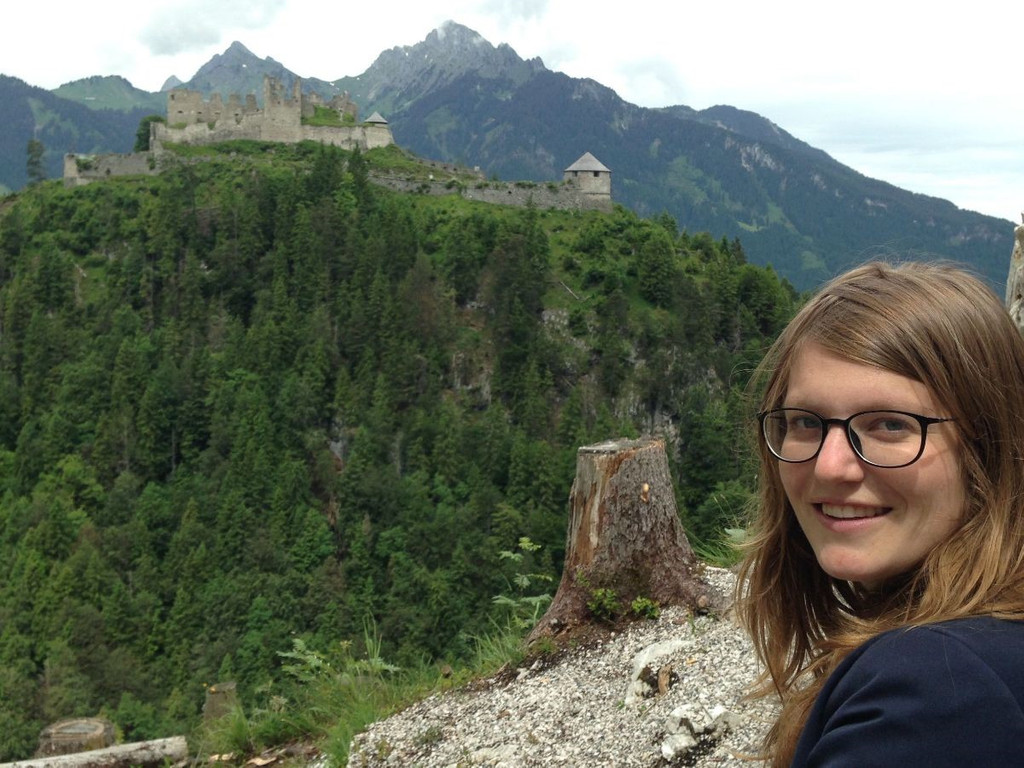INTERVIEW: Miralda van Schot
November 22, 2021
Working in the frontline
The North Sea Energy program goal is to deliver a roadmap for offshore system integration in the North Sea towards 2050 by the end of 2022. Central to the research approach are integrated energy functions in North Sea Energy hubs. We interviewed Miralda van Schot, project manager at New Energy Coalition. Together with Durgesh Kawale from TNO, she leads the Energy Hubs work package in the program and she co-leads the roadmap development.
Can you describe the added value of your work package into the upcoming energy transition period?
Miralda: “Increasing the CO2 reduction target to 55% – though still to be taken over in national policies – means not only that we have to install much more Renewable Energy Supply (RES) capacity, but it also means that we have to do it much faster. Offshore system integration solutions, such as platform electrification, CCS (carbon capture and storage) and hydrogen production, can help with that. In this work package we look at three specific regions in the North Sea which can all be a stepping stone when integrating these functions towards large scale system integration. Of course, there may be many more regions, but we focus on hubs in the Dutch part of the North Sea.”
How does your work in the NSE program relate to the North Sea outlook 2030-2040?
Miralda: “The regions considered for the further roll-out of offshore wind in the Netherlands in the period 2030-2040 are taken as a starting point in our work. However, a lot is still unknown about how much, when and where offshore wind will be tendered at first. Though, system integration can enable the large scale deployment of offshore wind, but this very much depends on locations, timing and capacity of offshore wind phasing. The work package contributes to the discussion by specifically addressing the techno-economic potential and benefits of system integration in these regions. We will also look into regions that were not yet considered, for instance, because they do not lay in the Dutch Continental Shelf.
To which extend is the scope in the NSE work package international?
Offshore system integration does not have geographical boundaries. We specifically look at integration opportunities with the United Kingdom in Hub West, or with Denmark, Germany and Norway in Hub East and North. The basket of cross-border integration consists, for instance, of integrating pipeline routings from the UK (both for CO2 and hydrogen), potentially integrating interconnection capacity on offshore island structures, and/or establishing cross-border connections for offshore electricity supply.
Lastly, what are your interests outside work?
I like the outdoors. Hiking, biking, or cultivating my veggies with my North Sea Energy Boots on.
